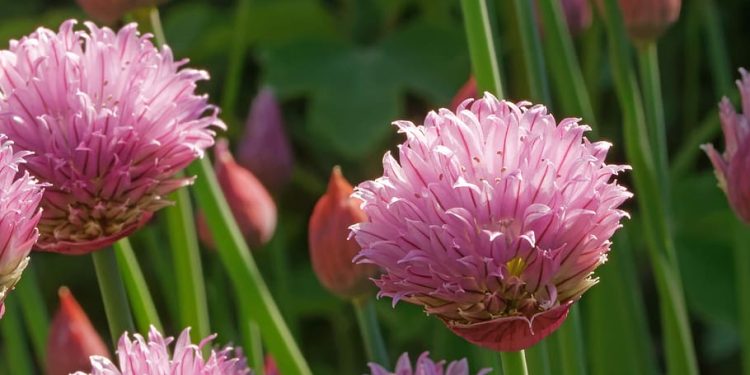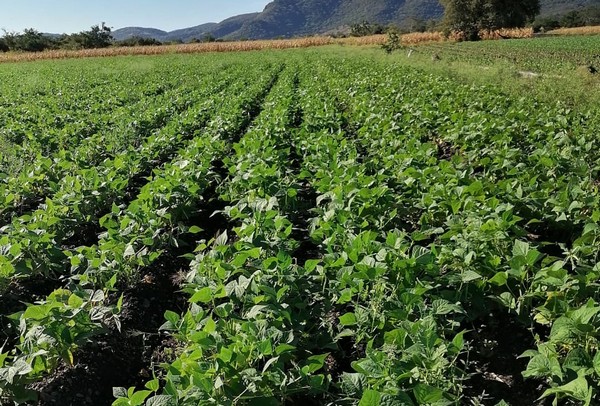Allium schoenoprasum, commonly known as chives, is a popular herb used in various culinary dishes due to its unique flavor and aroma. This article will provide an overview of the best practices for growing and managing chives, including soil and climate requirements, planting and harvesting techniques, and pest management strategies.
Chives are a versatile herb that can be grown in a variety of conditions. They prefer well-drained soil with a pH range of 6.0 to 7.0 and moderate moisture levels. They also thrive in full sun to partial shade and can tolerate cold temperatures. Chives can be propagated from seeds or clumps, with the latter being the most common method.
According to the University of Minnesota Extension, chives should be planted in the spring, approximately 1-2 inches apart and ½ inch deep. They can also be planted in containers, which is ideal for indoor gardening. Chives are typically ready for harvest in late spring or early summer, depending on the location and growing conditions. They can be harvested by snipping the leaves at the base of the plant, and the flowers can also be eaten or used as a garnish.
One of the main pests that can affect chives is the onion thrip, which can cause significant damage to the plant. According to the University of California Integrated Pest Management Program, the best way to manage onion thrips is to use insecticidal soap or horticultural oil. It is also recommended to avoid over-fertilizing, which can attract thrips to the plant.
In conclusion, chives are an excellent herb to grow in a home garden or on a larger scale. By following the best practices for soil, climate, planting, and pest management, farmers and gardeners can produce high-quality chives with optimal yield.
#Alliumschoenoprasum #Chives #Herbs #Planting #Harvesting #PestManagement #Gardening #Farming #Agriculture











